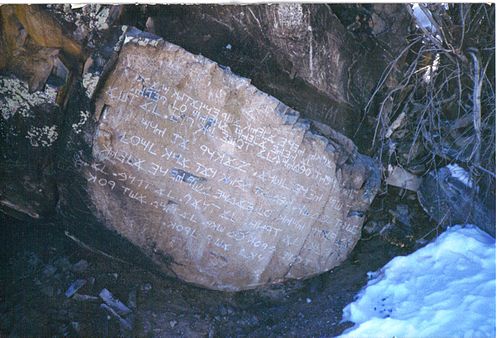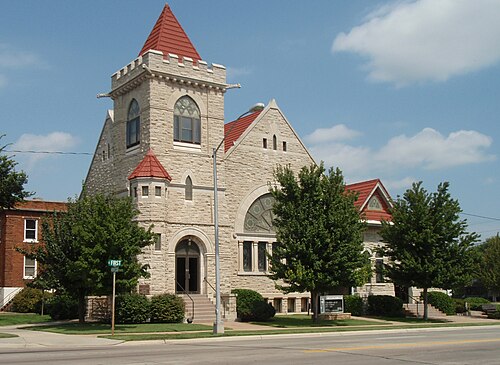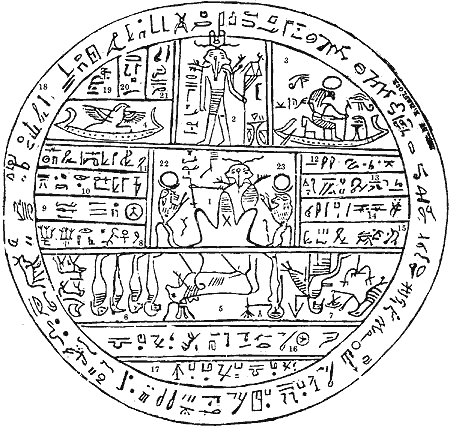The Waco siege was a blockade that took place from February 28 to April 19, 1993, at the residence of the sect known as the "Branch Davidians" in Elk, near Waco, Texas, United States. The siege resulted in the deaths of 86 individuals: four government agents and 82 Branch Davidian members, including 25 children and the group's leader, David Koresh, primarily in the fire that ended the 51-day siege by law enforcement forces.
Historical Context
The Waco siege stems from growing tensions between federal
authorities in the United States and members of the Branch
Davidians, a religious sect that had established itself at Mount
Carmel near Waco, Texas. Founded in the 1950s by Victor Houteff,
the sect was reorganized and renamed under the leadership of David
Koresh in the 1980s. Koresh, born Vernon Wayne Howell, emerged as
the prophet and charismatic leader of the group.
The Branch Davidians
The Branch Davidians believed in an apocalyptic interpretation
of the Bible, with Koresh proclaiming himself to be the Lamb of
God. The group lived communally, practicing an austere lifestyle
and actively preparing for a final conflict with the forces of
evil, as prophesied in their interpretation of the Book of
Revelation.
The Waco Siege
On February 28, 1993, the Bureau of Alcohol, Tobacco, Firearms
and Explosives (ATF) launched an operation to raid the Mount Carmel
complex, suspecting the presence of illegal weapons. However, the
operation turned into a disaster when gunfire broke out between the
agents and the sect members, resulting in the deaths of four ATF
agents and six Branch Davidians.
Following this confrontation, the FBI took control of the
situation, and a 51-day siege began. Negotiations with Koresh and
other sect members were conducted, but without success. On April
19, 1993, after a series of dramatic developments, including a fire
that engulfed the compound, the final assault was launched.
Conclusion of the Siege
On that day, FBI agents initiated an assault on the Mount Carmel
complex. Tear gas was introduced into the building in an attempt to
force the members out. However, a fire quickly broke out, spreading
through the buildings. In the hours that followed, the compound was
completely engulfed in flames.
The final FBI assault and the resulting fire led to a tragedy,
with the deaths of 76 Branch Davidian members, including David
Koresh. Among the victims were women and children.
Légende - Photo
EncMstr, Public domain, https://en.wikipedia.org/wiki/Waco_siege#/media/File:Branch_Davidian_Compound_in_Flames.jpg
Sources







